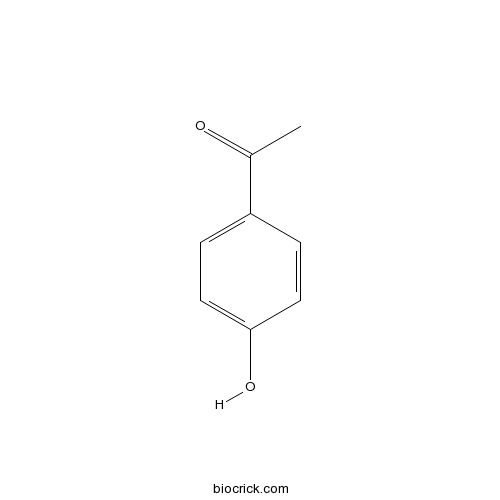Artemisia scoparia
Artemisia scoparia
1. The products in our compound library are selected from thousands of unique natural products; 2. It has the characteristics of diverse structure, diverse sources and wide coverage of activities; 3. Provide information on the activity of products from major journals, patents and research reports around the world, providing theoretical direction and research basis for further research and screening; 4. Free combination according to the type, source, target and disease of natural product; 5. The compound powder is placed in a covered tube and then discharged into a 10 x 10 cryostat; 6. Transport in ice pack or dry ice pack. Please store it at -20 °C as soon as possible after receiving the product, and use it as soon as possible after opening.
Natural products/compounds from Artemisia scoparia
- Cat.No. Product Name CAS Number COA
-
BCN4544
4'-Hydroxyacetophenone99-93-4
Instructions

Anti-inflammatory effects and mechanism of the total flavonoids from Artemisia scoparia Waldst. et kit. in vitro and in vivo.[Pubmed: 29787986]
None
Cirsimaritin inhibits influenza A virus replication by downregulating the NF-κB signal transduction pathway.[Pubmed: 29783993]
Artemisia scoparia Waldst and Kit is a famous traditional Chinese medicine widely distributed in Xinjiang, China. Flavonoids extracted from it exhibits inhibitory activities against several influenza virus strains. Despite this fact, the antiviral properties of CST, one of such flavonoids, against the influenza virus has not been reported. Thus, the aim of this study is to investigate the anti-influenza virus efficacy and antiviral mechanism of CST.
Therapeutic effects of Artemisia scoparia Waldst. et Kitaib in a murine model of atopic dermatitis.[Pubmed: 29740850]
Artemisia scoparia Waldst. et Kitaib (AS) (Oriental wormwood, known as Bissuk in Korea) is a plant used in cosmetic and pharmaceutical treatments. However, the effect of AS on atopic dermatitis (AD) has not been described.
Anti-inflammatory effects of Artemisia scoparia and its active constituent, 3,5-dicaffeoyl-epi-quinic acid against activated mast cells.[Pubmed: 29172841]
Artemisia scoparia Waldst. et Kit. (AS) has been used to treat inflammation, urticaria and hepatitis. However, the scientific studies of AS and its active compound for inflammatory reactions in activated human mast cell line, HMC-1 cells have not yet been elucidated.


